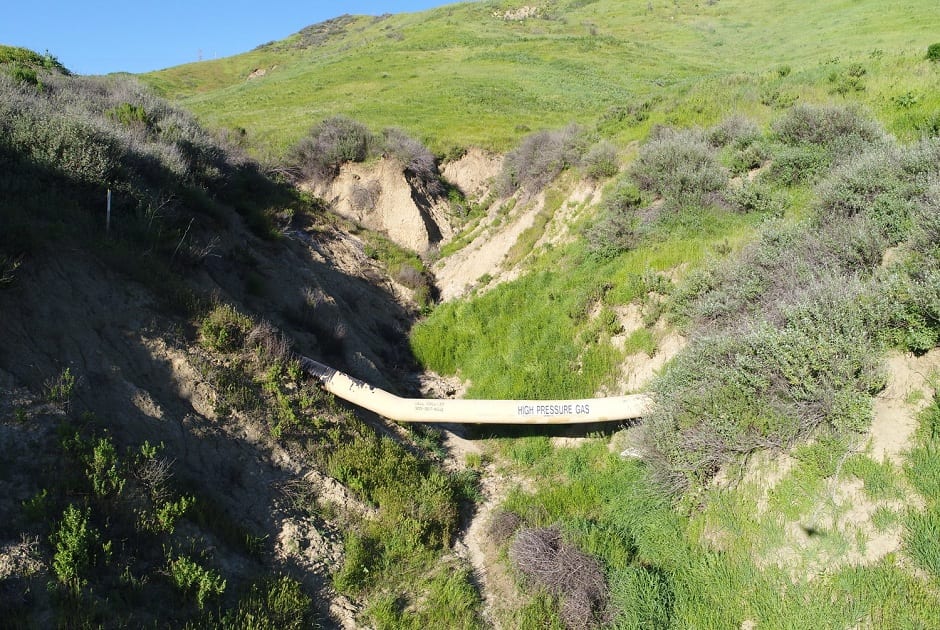In the oil and natural gas pipeline industry, a siphon refers to a section of pipe that is laid across an obstacle. Companies can use siphons as an erosion control measure no matter if the barrier is human-made or natural. Other examples where companies would potentially want to use a siphon are:
• Under a stream bed
• Under a motor road or railway
• At the bottom of a gully
To create a siphon, multiple sections of pipe are welded into a string, otherwise known as a stalk. Once the line is intact, the siphon will be pulled through a previously-prepared well.
How Can Siphons Be Beneficial With Pipeline Erosion Control?
When it comes to pipeline erosion control, siphons can help by controlling the flow of water. You might consider building a siphon attached to a waste pond or other similar human-made waterway. If you can manage water flow then it becomes much easier to control runoff and minimize the chances of erosion. That also helps to keep a pipe’s structural integrity.
Siphons: A Case Study
A recent project shows the benefits of a siphon. Transneft PCD, who is currently working on the Novovelichkovskaya-Krasnodar oil trunk pipeline, recently pulled a 390-meter siphon underneath the Kryukovsky discharge canal. The company created the channel for the siphon by drilling an underwater crossway beneath the trench. The company plans to pull another siphon through in the coming months.


